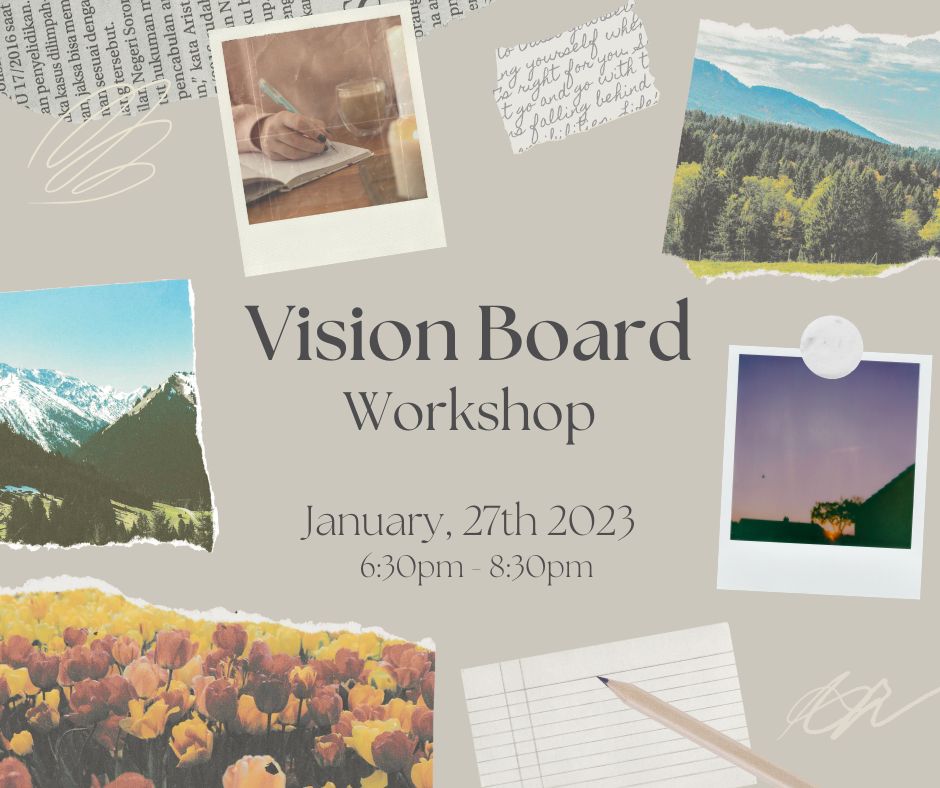Stop where you are. Take a moment to observe the screen you’re reading this on. Is it spotless and clean? Or, is it smudged? Are there fingerprints on it? Dust? Germs? Flecks of dirt? A layer of film? When was the last time you cleaned it? Have you cleaned it since you got it? Chances are, it’s not entirely spotless. If you haven’t already, I imagine you are thinking about cleaning your screen. Even if it isn’t visibly unclean, you’ve now fixated on the idea of how dirty the screen is. Maybe by now, you’re so concerned about the cleanliness of your screen that there’s no way you could imagine it to be clean now that you perceive it to be otherwise. That bud of concern you feel as your perspective shifts and for you the reality becomes: I have to clean off this screen. In life, the perceptions and concerns of our brain write a narrative that not only shape us but become our reality.

Optical illusions exploit this, using the way our brains think to distort our image of reality. Take for example the image of a young lady turned aside or an old woman’s profile. Both these are present within the same simple drawing, it depends entirely on how you look at it whether you see the old or young woman first. Our brains work in a similar fashion, some can see only the old lady at first and struggle to see the young woman and vice versa. Sometimes individuals can see both right away but be entirely stumped by other puzzling images. Every situation in life can be distorted like an optical illusion, it is up to the viewer to discern the reality from what they can see.
Perhaps you consider yourself to be an optimist or a pessimist. Point is, whatever an individual views themselves with strongly, their reality will reflect. An optimist expecting the good will seek out a pattern of positivity in their lives to support their outlook, a pessimist prepared for the worst will refer to a pattern of negativity to support their view. Due to their mindsets, these individuals pay special attention to events and happenings they can use to support their stance. Their biases ultimately shape their reality as they place their focus on the good or the bad.
It is essential in life to stop and reevaluate your perspective. Our brains are wired to find patterns, but sometimes the patterns it chooses to weave a story from does not match the true reality. Our brains take our prejudices, insecurities, and sensitivities into consideration, turning a hyper-focus to our weaknesses. If we don’t step back and test our interpretations against reality, we can fall out of touch with those around us, or walk around in conflict.
Every once in a while, it’s time to clear the screen we view life through and make sure we’re seeing life clearly, free from the smudges created by our fears and assumptions. Don’t know where to start? Connect with Brain Basics to talk with our certified life coach to arm yourself with new skills designed to help you create a new awareness and focus on turning your goals into your reality.


